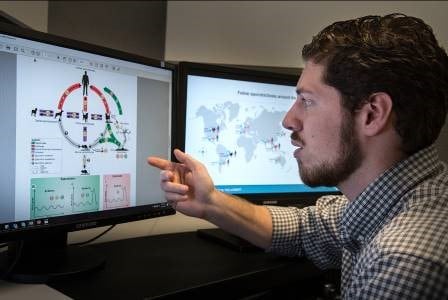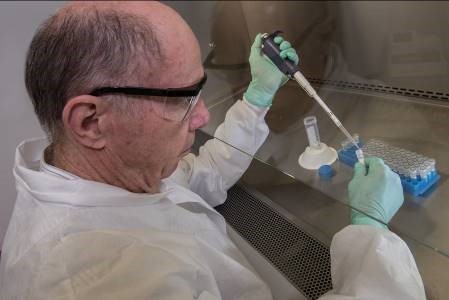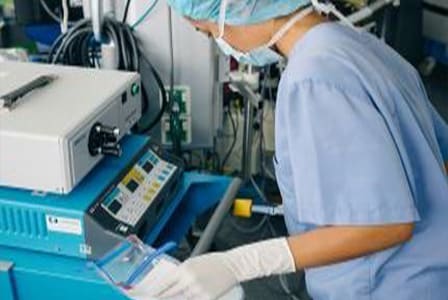Outbreaks and Investigations
About
Fungal disease outbreaks are rare. An outbreak occurs when two or more people get sick from contact with the same source, sometimes in the same time or place. This can happen outdoors or in a health care setting, such as a hospital.
Detecting fungal outbreaks early is important so that the people affected can get the right treatment and so that health officials can prevent others from getting sick.
Public health or healthcare professionals:
- Learn more about how to investigate a fungal disease outbreak.
- Learn more about investigating an invasive mold infection outbreak and how to best notify patients.
Solving Fungal Outbreaks with Partnerships and Data
When fungal disease outbreaks occur, CDC’s Mycotic Diseases Branch works closely with federal, state, and local public health agencies and other partners. Together, they collect different types of data to find the source of the outbreak:
- Epidemiologic data to answer questions such as “Who got sick?” “When?” and “Where?”
- Patient samples such as blood or tissue are tested in a laboratory to find out which fungus is causing the illnesses.
- Environmental samples can help health officials determine if fungi in the environment match the patient samples, providing clues about where they might have gotten infected.

Analyzing epidemiologic data

Testing patient samples

Collecting environmental samples from a hospital
Highlighted Outbreak Investigations
CDC’s Mycotic Diseases Branch has conducted and assisted with dozens of investigations in the past 10 years, including:
- Candida auris, a serious global health threat
- Histoplasmosis outbreak in campers in Louisiana, 2018
- Valley fever outbreak in U.S. volunteers who traveled on service trips to Mexico, 2018
- Histoplasmosis outbreak in tunnel workers in the Dominican Republic, 2015
- Multistate outbreak of fungal meningitis and other fungal infections associated with contaminated steroid injections, 2012